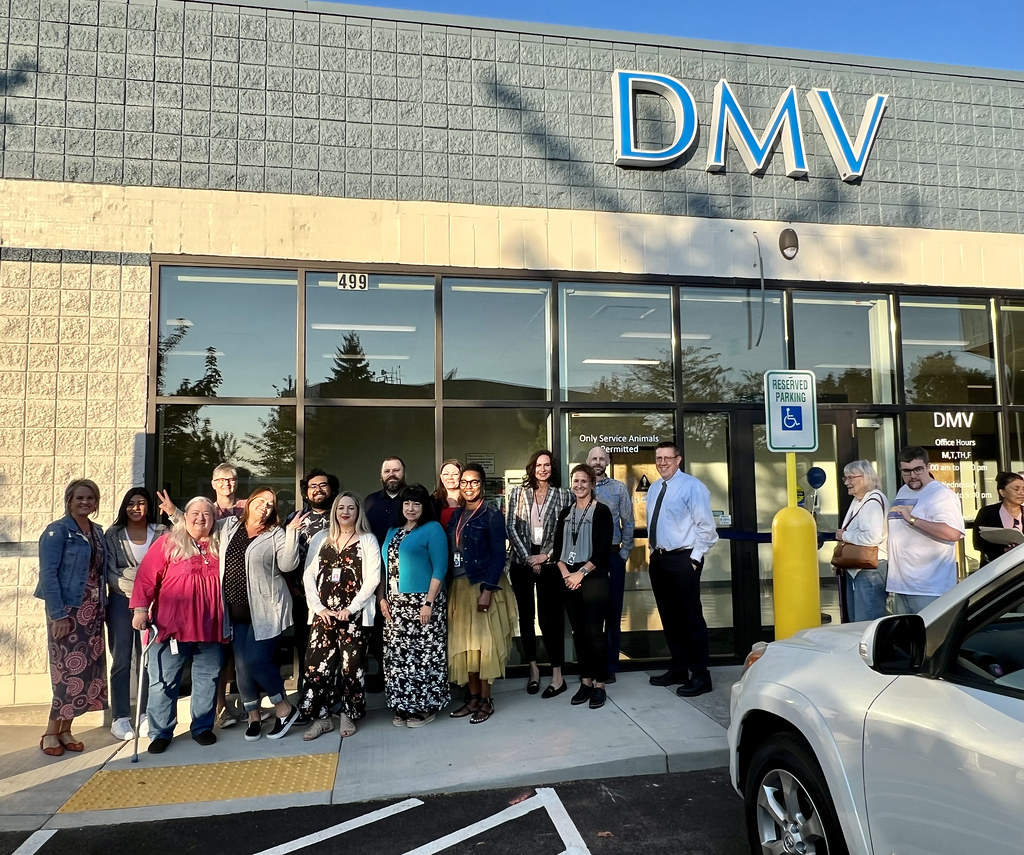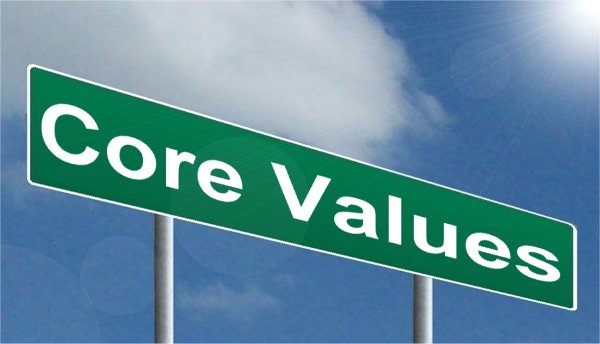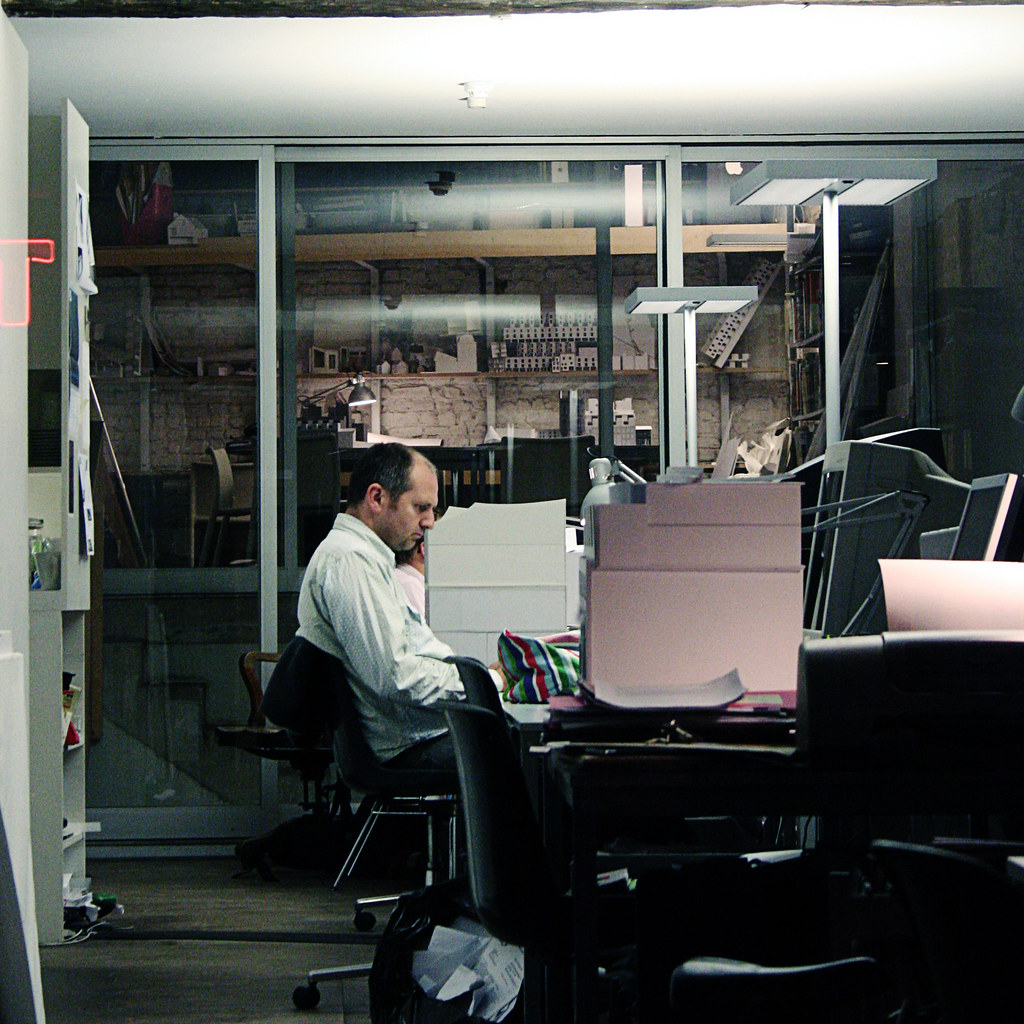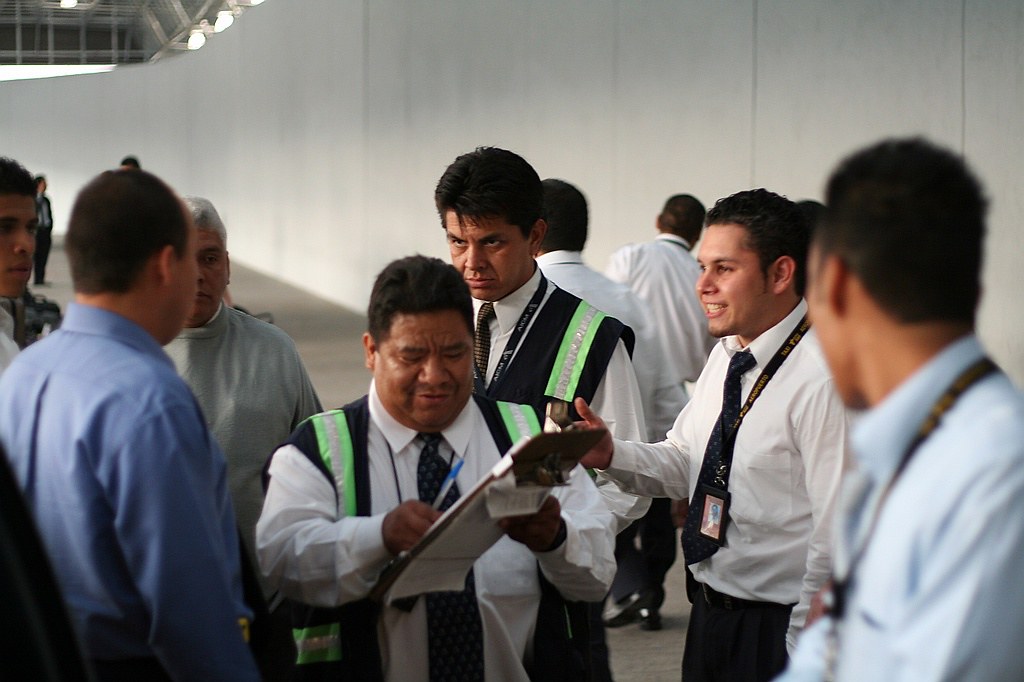
In today’s dynamic corporate landscape, the departure of a top performer is often more than just a personnel change; it’s a flashing red light signaling deeper systemic issues within an organization. Many business leaders might instinctively point to compensation as the primary driver behind employee attrition, especially when their best talent walks out the door.
However, a deeper dive into the data reveals a far more potent and often underestimated factor. Research from MIT Sloan, analyzing over 34 million employee profiles, unequivocally shows that toxic workplace culture is an astounding 10.4 times more powerful than pay in predicting whether someone will quit. During the era known as the Great Resignation, toxic culture didn’t just play a role—it emerged as the single strongest predictor of attrition, surpassing even concerns like job insecurity, lack of recognition, and how companies responded to the pandemic.
This isn’t merely an abstract problem; it carries a significant financial burden. The Society for Human Resource Management estimates that toxic workplace cultures have collectively cost American businesses an staggering $223 billion over the past five years. For smaller companies, those with revenues under $10 million, even a handful of key departures can be catastrophic, decimating operations, eroding institutional knowledge, and stalling vital momentum. Understanding and addressing these insidious cultural issues is paramount for any organization aiming for long-term success and stability.

1. **Core Values Are Absent**One of the most concerning indicators of a struggling company culture is the conspicuous absence of clearly defined core values. These values are meant to serve as the guiding force, the moral compass, for an organization’s direction and operational ethos. Without them, a company’s culture is left to drift without any sense of purpose or a unified vision, often leading to undesirable subcultures forming organically.
Such a vacuum allows for disparate sets of ideals to take root, creating internal friction and undermining the very business success the company aims to achieve. Employees, lacking a common framework for behavior and decision-making, operate on individual assumptions rather than collective principles. This fractured internal environment makes it incredibly difficult to build a cohesive team or to pursue strategic objectives with a shared understanding.
The essential first step to remedy this is to draft and formally publish a comprehensive list of core values. These values should be more than just buzzwords; they need to represent the true ideals that genuinely matter to the team and are instrumental in achieving organizational goals. Crucially, before these values are disseminated company-wide, C-suite executives, HR representatives, and long-term employees must be fully aligned and committed to them.
Once established, each value should be thoroughly discussed and ingrained with the entire team. This process is vital for eliciting positive behaviors and attitudes, which are the building blocks of a cohesive company culture. Furthermore, these core values should be actively referenced throughout the hiring process, ensuring that every new employee onboarded shares the same fundamental principles as the existing team, thereby strengthening the cultural fabric from within.
Read more about: Is Your Friendship Hurting More Than Helping? 14 Unmistakable Signs You’re in a Toxic Friendship (and What to Do Next)

2. **Managers Don’t Follow Core Values**Even when core values are explicitly defined and published, their impact is severely diminished if leadership, particularly senior and middle management, fails to embody them. Employees naturally look to their managers for guidance and to model expected behavior. If managers are seen as exempt from the very rules they are meant to uphold, a profound sense of distrust permeates the workforce.
This inconsistency leads to a detrimental cascade effect: employees will inevitably follow suit, viewing the values as performative rather than integral to the company’s operation. When authority is discredited in this manner, a clear and damaging divide emerges between leadership and the staff, hindering open communication and collaboration. Such a scenario signals that integrity and consistency are not truly prioritized.
To counteract this, the fundamental fix is for leaders to lead by example and ensure that every individual, regardless of their position, is held accountable to the same standards. Core values are not optional guidelines; they are crucial to the culture and the overall success of the organization. Upholding these values across all levels fosters an open culture rooted in equality and fairness.
This unwavering commitment from leadership helps to promote the core values throughout all departments, embedding them deeply into the organizational culture. Colleen Doyle Bryant, an expert in values-based learning, explains, “When we can articulate it in those terms, where we’re tying things together with all our moral values, are we being honest with ourselves about how we’re handling the situation? Are we doing this with respect for all the people that are involved?” This approach helps people understand the problem and find solutions rooted in shared principles.
Read more about: Mitzi Gaynor, Effervescent Star of Hollywood Musicals and Stage, Dies at 93, Reflecting on a Dazzling Legacy

3. **Office Gossip Is Frequent**Office gossip, far from being harmless water cooler chatter, is a potent harbinger of a toxic work environment. What wasn’t acceptable in middle school certainly has no place in a professional setting. Its proliferation inevitably leads to the formation of unwanted cliques that effectively divide the workforce, turning employees against one another rather than fostering a spirit of collaboration.
The insidious nature of gossip lies in its ability to sow seeds of distrust throughout the organization. When employees are more preoccupied with rumors and whispers than productive work, it erodes teamwork and creates an atmosphere of suspicion. This negative communication breeds drama, distractions, and hurt feelings, fueling a toxic cycle where individuals may even turn on their colleagues and spread hurtful rumors, impacting mental well-being with depression, burnout, and anxiety.
Addressing frequent gossip requires direct and decisive action from leadership. A crucial first step is to meet individually with the most frequent offenders to candidly discuss the negative impact of their behavior on the team and the broader culture. This personalized intervention can be more effective than a blanket announcement, as it holds individuals accountable for their specific actions.
Additionally, it is imperative to clarify company policy on professional conduct and communication to the entire team. This should explicitly state that gossip and rumor-spreading are not aligned with company values and will carry clear consequences. By setting firm boundaries and consistently enforcing them, leadership can begin to dismantle this destructive habit and encourage a more open, honest, and respectful communication environment.
Read more about: Navigating the Aftermath: Why Brad Pitt’s Life Remains Intertwined with Angelina Jolie’s in Their Unexpected Co-Parenting Arrangement

4. **Unfriendly Competition Is Common**While healthy competition can be a powerful motivator, driving employees to achieve stellar performance and contributing to company growth, an overemphasis on competition as the core cultural tenet can swiftly become detrimental. When competition becomes unfriendly or the focal point of the culture, it tends to breed animosity and resentment among employees, transforming potential collaborators into adversaries.
This cutthroat environment often leads to frustration and undermines the intrinsic value of individuals, reducing them to mere metrics in a race for recognition. Prioritizing individual performance above all else, especially through monetary rewards, can inadvertently send great employees packing. They may feel devalued as people, perceiving that their contributions to teamwork and culture are secondary to their ability to outperform peers.
To mitigate unfriendly competition, organizations need to re-evaluate their recognition strategies, moving beyond narrow, performance-based monetary incentives. Managers should be encouraged to recognize efforts and reward achievements on a broader scale. This could include prizes centered on wellness, such as a comped fitness class, a gift card to a favorite restaurant, or even an extra day off, demonstrating a commitment to employee well-being beyond just output.
Furthermore, creating platforms where individuals can publicly congratulate and thank their coworkers for a job well done can significantly shift the cultural dynamic. This fosters a team-oriented mindset, where success is celebrated collectively, and peer appreciation reinforces positive behaviors. By valuing collaboration and holistic well-being, companies can cultivate a motivating yet supportive environment.
Read more about: 14 Wild Ways Cycling Is More Than Just a Ride (Plus, How You Can Join the Fun!)

5. **Turnover Is High**High employee turnover is not merely an operational challenge; it is one of the strongest, most undeniable indicators of a toxic work environment. A persistent stream of departures signals that something fundamental is amiss within the company culture, driving away valuable talent. Beyond the internal impact, high turnover also creates a negative external perception, deterring job seekers from even considering the organization seriously.
The cost of high turnover extends far beyond recruitment expenses. It leads to a significant loss of institutional knowledge, as experienced employees take their expertise elsewhere. It disrupts team cohesion, forcing remaining employees to shoulder increased workloads and repeatedly integrate new hires. This constant churn erodes morale, reduces productivity, and can severely impact a company’s ability to maintain momentum and achieve long-term goals.
Addressing high turnover necessitates a deep dive into the root causes. Exit interviews, while often sugarcoated by departing employees, can still offer valuable insights when patterns emerge. It’s crucial to probe for what frustrated them about the culture and what aspects they found difficult to part with, looking for consistent themes rather than isolated incidents. However, the context notes that “Exit interview data matters less than you think (people rarely tell the whole truth on their way out)” but to “look for patterns in the reasons cited.”
Beyond exit interviews, actively engaging with long-term employees is vital to understand what keeps them engaged and committed. Anonymous employee engagement surveys, meticulously analyzed, can also illuminate areas of dissatisfaction and pinpoint where toxicity resides. Once the core issues are identified, prompt and strategic action is paramount. Ignoring these findings only guarantees the continuation of the costly cycle of attrition, confirming that compensation alone is not the problem.
Read more about: Beyond the Red Carpet Glow: Unpacking the 12 Most Controversial Beauty Treatments Hollywood Stars Actually Swear By

6. **Employees Show Up Late or Miss Work**Excessive tardiness or persistently high rates of absenteeism among employees are rarely isolated incidents; instead, they often serve as powerful visual cues signaling deeper underlying issues within the company culture. These behaviors are strong indicators of disengagement and a palpable lack of passion or interest in their work. When employees consistently absent themselves or arrive late, it suggests a profound detachment from their responsibilities and the organizational mission.
This problem can stem from various sources, including overwhelming workloads, lack of clear expectations, or a general feeling of being undervalued. When remote or flex-schedule employees are excluded, frequent out-of-office behavior points to a fundamental disinterest that can permeate an entire team, undermining collective productivity and team morale. It signals that employees might be prioritizing anything over their work commitments, a clear red flag for cultural health.
To begin addressing this, leadership must first model the desired behavior. Middle and senior managers, in particular, should consistently demonstrate punctuality. Employees observe and learn from their superiors, so if a manager routinely arrives late, it implicitly sanctions similar behavior from their direct reports. This sets an important tone for accountability and commitment across the team.
Further intervention involves one-on-one conversations with repeat offenders to understand the underlying reasons for their tardiness or absenteeism. It’s possible there are legitimate external conflicts, such as childcare responsibilities or challenging commutes, that could be accommodated with an adjusted start time. Engaging the HR department to improve the tracking and management of sick days, appointments, and other approved absences is also crucial. By prioritizing open communication and demonstrating flexibility where appropriate, a positive work culture can emerge that respects both employee needs and professional expectations.
Navigating the complexities of corporate culture requires a keen eye for both overt and subtle indicators of toxicity. While the foundational issues covered in our first section lay the groundwork, many deeper systemic problems often hide in plain sight, impacting employee well-being, stifling growth, and undermining the very fabric of an organization. Our journey into the warning signs continues, investigating how workplaces can unwittingly foster environments that drive away talent and erode trust, focusing on critical aspects like work-life balance, recognition, professional development, and the vital role of diversity and inclusion. These aren’t just HR buzzwords; they are pillars of a resilient, thriving enterprise.
Read more about: 7 Game-Changing Careers AI Will Create by 2030: Your Blueprint for Future-Proofing Your Professional Journey

7. **People Work Through Lunch**The phenomenon of employees routinely working through their lunch breaks, far from being a sign of admirable dedication, is a significant red flag for a toxic corporate culture. It often suggests two deeply problematic assumptions: either employees feel immense pressure to keep working due to overwhelming workloads, or they perceive that management implicitly discourages or even disapproves of taking necessary breaks. This pervasive behavior is not just detrimental to individual well-being; it’s a poor business strategy, as studies consistently show that lunch breaks actually improve job performance and employee morale.
Expecting employees to maintain peak performance for eight hours nonstop is fundamentally unrealistic and unsustainable. Such an expectation inadvertently signals that leadership prioritizes raw work output above all else, diminishing the value of an employee’s contribution to the culture and their personal commitment to the organization outside of sheer productivity. This neglect of employee needs can lead to accelerated burnout, reduced creativity, and a general feeling of being undervalued, pushing talented individuals to seek healthier work environments.
To counter this, leaders must actively encourage lunch breaks and model this behavior themselves. Simple actions, like managers consistently taking their own midday breaks, can send a powerful message. Occasionally providing food for the office offers a dual benefit: it naturally imposes a break for everyone and creates an informal setting for team members to socialize and connect. Additionally, it’s essential to clearly communicate lunch break policies to new hires, ensuring they understand their entitlement to downtime and don’t feel compelled to skip breaks out of apprehension or misunderstanding.
Read more about: Beyond the Red Carpet Glow: Unpacking the 12 Most Controversial Beauty Treatments Hollywood Stars Actually Swear By

8. **People Work Late or On Weekends**When the workday routinely extends well beyond official closing times, with a significant portion of the team regularly staying late or dedicating their weekends to work, it’s a profound cause for concern, signaling a systemic issue within the corporate culture. This pattern indicates that employees are either burdened with an unsustainable volume of responsibilities, or managers are setting unrealistic expectations and quotas for their direct reports. While challenging objectives are essential for growth, impractical demands inevitably lead to widespread employee burnout.
This culture of perpetual overwork not only exhausts employees but also communicates a fundamental disregard for their personal lives and well-being. It erodes work-life boundaries, a hallmark of toxic cultures that encourage employees to prioritize work above all else, as highlighted by reports on the “infinite workday.” The constant barrage of notifications, emails, and alerts extending beyond traditional working hours creates a feeling of never truly disconnecting, contributing to mental fatigue and a deep sense of dissatisfaction.
To address this, management must engage in critical conversations about workload assessment. Managers should be empowered to evaluate and adjust responsibilities, ensuring each individual has enough to be challenged and contribute productively without veering into burnout territory. Furthermore, if the entire team appears to be perpetually overwhelmed, a broader evaluation of demands is necessary, potentially indicating a need to hire additional staff to distribute the workload more equitably. This proactive approach helps mitigate burnout and fosters a more sustainable, respectful work environment.
Read more about: The Classic Fall Wardrobe: 13 Items to Buy Now and Wear Forever

9. **Employees Experience Physical Symptoms of Work Stress**One of the most insidious consequences of a toxic work environment is its toll on employee health, manifesting as tangible physical symptoms of chronic work stress. The mental and emotional strain inherent in such environments frequently translates into a range of physical ailments, including anxiety, depression, persistent sleep disturbances, and even chronic body aches. It’s not uncommon to observe employees frequently arriving at work visibly fatigued, unwell, or operating under a constant cloud of stress.
Research published in the Academy of Management Journal underscores this profound impact, revealing that employees experiencing workplace injustice face a 35% to 55% increased risk of suffering major diseases, including coronary disease, asthma, diabetes, and arthritis. This isn’t merely a personal cost; it carries a significant financial burden for companies. For instance, an estimated $16 billion in incremental employee healthcare costs in a single year can be attributed to toxic workplaces, a direct impact on employer-sponsored health benefits.
Organizations must therefore prioritize the establishment of a work culture that actively promotes work-life balance and genuinely encourages employees to take sick days when needed. Keeping working expectations clear and realistic is crucial to prevent accidental overworking. Regular check-ins with employees exhibiting physical signs of stress or burnout, coupled with consultations with managers to ensure appropriate workloads, are vital. A company’s commitment to employee well-being isn’t just ethical; it’s a strategic imperative that reduces healthcare costs, boosts productivity, and fosters a healthier, more resilient workforce.
Read more about: Signs of a Blood Clot You Should Never Ignore, According to Medical Experts

10. **Employees Aren’t Acknowledged or Rewarded**In many organizations, recognition programs are narrowly focused, often singling out only a few top performers for significant accolades, such as the highest sales rep of the quarter. While celebrating exceptional achievement is valuable, this limited approach does a profound disservice to the broader company culture. When only a select few are occasionally rewarded, the vast majority of the workforce can feel profoundly undervalued and unappreciated, leading to disengagement and a sense of invisibility.
Such a system can inadvertently foster a negative workplace culture steeped in cutthroat competition and animosity, rather than collaboration. Employees may perceive that their efforts, consistent contributions, and dedication to teamwork are overlooked if they don’t hit an arbitrary ‘top performer’ metric. This lack of broad-based acknowledgment contradicts the foundational human value of respect, making employees question if their work truly matters beyond a transactional output.
To rectify this, middle and senior managers must be encouraged to institute more frequent and comprehensive feedback sessions with their direct reports. These sessions should be opportunities to not only provide constructive criticism but also, crucially, to acknowledge and appreciate individual contributions and great work on an ongoing basis. Additionally, incorporating time in monthly all-hands meetings for peer-to-peer recognition, where employees can publicly thank and congratulate their coworkers, and implementing regular employee spotlights, can significantly shift the cultural dynamic. This positive reinforcement motivates individuals, fosters meaningful connections, and cultivates a culture where every valuable contribution is seen and celebrated.

11. **Employee Growth and Development Isn’t Supported**A clear hallmark of a toxic work environment is the systemic neglect of employee growth and development. In such cultures, individuals, even those newly onboarded, may find themselves largely left to their own devices to navigate complex work problems. This absence of proper mentorship, along with a lack of resources for training, coaching, or skills development, breeds confusion and ultimately leads to stagnation in their careers. Employees feel adrift, unsupported, and disconnected from both their managers and colleagues.
This lack of investment in employees’ future signals that the company views them as cogs in a machine rather than valuable assets with potential for evolution. It violates the core value of responsibility, as an organization has a responsibility to foster the development of its people. Without clear paths for advancement or opportunities to acquire new competencies, even highly motivated individuals will eventually feel trapped, leading to a decline in engagement and an increased likelihood of seeking opportunities elsewhere where their growth is genuinely prioritized.
Addressing this requires emphasizing managers as readily available resources for support and guidance. Companies should actively offer opportunities for employees to explore new interests and develop new competencies directly on the job. Furthermore, establishing formal employee development plans can be incredibly beneficial for those who feel stuck. These plans provide a structured roadmap for professional growth, outlining specific goals, required training, and potential career trajectories. By investing in development, companies not only retain talent but also build a more skilled, adaptable, and engaged workforce ready to tackle future challenges.
Read more about: Austin’s Best-Kept Secrets: Hidden Gems Locals Can’t Get Enough Of

12. **Job Candidates Are Judged For Culture Fit**The traditional practice of hiring for “culture fit,” while seemingly innocuous and aimed at fostering team cohesion, is increasingly recognized as an outdated recruitment strategy that can severely limit an organization’s access to top talent and lead to cultural stagnation. When recruitment efforts prioritize finding carbon copies of existing employees, the result is often a homogeneous workforce, where individuals share similar backgrounds, perspectives, and ways of thinking. This creates an echo chamber where agreement thrives, but innovation and critical challenge often falter.
The danger lies in the subtle exclusion of individuals who, despite possessing exceptional skills and aligning with core values, might bring different experiences or viewpoints. This approach inadvertently undermines diversity, equity, and inclusion efforts, signaling that conformity is valued over fresh perspectives. It telegraphs that management may not genuinely care about broadening its collective intelligence or embracing the richness that varied backgrounds bring, as the leading elements contributing to toxic cultures include the failure to promote diversity, equity, and inclusion.
To cultivate a truly dynamic and resilient culture, organizations must shift their focus from ‘culture fit’ to ‘culture add.’ This modern approach emphasizes bringing on candidates who share the company’s core values and passion for its mission, but who also contribute a unique background, perspective, or experience to the team. Hiring for culture add builds a diverse and inclusive environment where individuals from all walks of life feel welcome and can thrive. This strategy not only enriches the workplace intellectually but also fosters a more equitable and representative organization, better equipped to navigate a complex and evolving business landscape.

13. **Managers Don’t Promote From Within**One of the most disheartening signals of a toxic corporate culture, and a significant driver of employee attrition, is the consistent practice of bringing in new hires from outside the company for management and leadership positions, rather than promoting from within. This sends an unequivocally negative message to existing employees: either they are not valued enough to be considered for advancement, or they are simply not deemed capable of stepping into higher roles. Both interpretations contribute to a stifling work environment that actively hinders growth and demotivates high performers.
Such a policy can lead to a pervasive sense of futility, as employees realize their dedication and hard work may not translate into career progression within the organization. It undermines the core value of responsibility – specifically, the accountability for an employee’s development and the fairness of give-and-take relationships. When internal talent is consistently overlooked, it suggests a lack of trust in their capabilities and a missed opportunity to leverage institutional knowledge and loyalty, ultimately impacting retention and overall morale.
To counter this, organizations must proactively identify and nurture internal talent. This begins by adding questions to employee reviews that help discern an employee’s aspirations for career advancement within the company. Subsequently, it is crucial to establish formal programs for mentoring and coaching employees who show potential. Investing in leadership development from within not only fills critical roles with individuals already familiar with the company’s culture and operations but also sends a powerful message that the organization values its people, is committed to their growth, and provides clear pathways for upward mobility. This strategic shift transforms a stagnating environment into one where ambition is celebrated and talent is cultivated from within.
Read more about: No Brown M&Ms? That’s Just the Start! The 12 Wildest Demands Music Stars Make for Their Dressing Rooms
Addressing these insidious forms of toxicity is not merely about ticking boxes on an HR checklist; it’s about fundamentally rethinking how organizations value and engage their people. The financial costs of a toxic culture—from turnover and healthcare expenses to productivity drains and reputational damage—are undeniable and staggering. But beyond the numbers, there is a human cost: disengaged employees, stifled innovation, and a pervasive sense of disrespect that erodes the very foundations of trust and collaboration. Smart leaders understand that culture is not a ‘nice-to-have’ but a strategic imperative. It’s the competitive moat that attracts and retains exceptional talent, distinguishing thriving companies from those quietly bleeding their best people to competitors. By systematically identifying and tackling these cultural breakdowns, from encouraging lunch breaks to prioritizing internal growth and genuine inclusion, businesses can transform their workplaces from environments of resignation to vibrant ecosystems of respect, responsibility, and collective success. The time to act is now, to build cultures that truly empower, engage, and elevate every employee.



